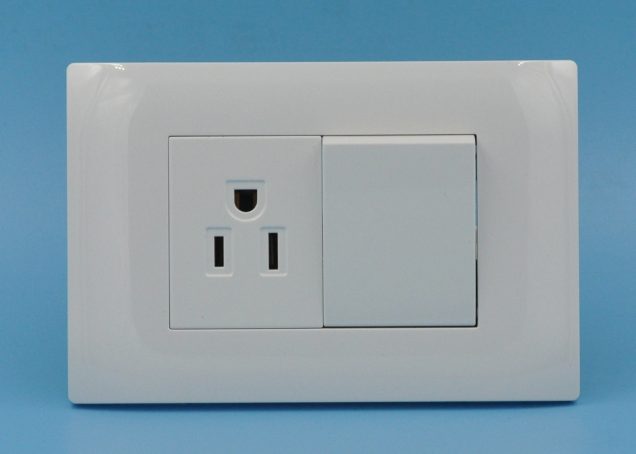A light switch is a switch most commonly used to operate electric lights, permanently connected equipment, or electrical outlets.
Most wall switches in your home control light fixtures, but they can also control wall outlets (receptacles) or hard-wired appliances, such as garbage disposal. Because these switches get frequent use (turning a light fixture on and off several times a day, for example), it’s very common for them to wear out.
The best time to troubleshoot the Wall Switch is whenever a wall switch no longer properly operates the light fixture, outlet, or appliance it’s supposed to control, then it’s time to undertake these simple steps to determine where the problem lies. Just remember that your investigation may turn up problems that have nothing to do with the switch.
If your troubleshooting determines that there’s an actual mechanical problem with the switch, then it’s important to know what kind of switch you have before you purchase and install a replacement.
Steps to Troubleshoot wall switch
- Inspect the Switch
Sometimes, a damaged or faulty switch will be immediately evident. If the switch’s toggle lever or slide mechanism is loose or fails to operate correctly, then it’s very likely the mechanical parts within the switch are simply worn out.
2. Check Light Bulb or Outlet
If there’s no obvious damage or problem with the switch, then rule out the easy things first: Make sure the light fixture has bulbs that aren’t burned out, or that the lamp or appliance that’s plugged into a switch-controlled outlet is working correctly.
3. Check the Circuit Breaker; Shut Off the Power
A switch circuit that doesn’t operate correctly may simply have a tripped breaker or blown fuse. Head to the electrical service panel and locate the breaker or fuse. If the breaker is tripped, reset it; or if the fuse is blown, replace it with an exact duplicate.
- Test for Power
Carefully unscrew the wall cover plate and remove it so that you can inspect the switch. Use a non-contact neon circuit tester to make sure the wires connected to the switch are not carrying live current.
- Inspect the Wire Connections
In many cases, a switch will fail to operate correctly because wire connections—either circuit splices inside the electrical box, or wires connected to the switch itself—have become loose, preventing the circuit current from following its designated path.
- Remove the Switch
If your problem continues after the preliminary steps, then remove the switch from the electrical box (only after verifying again that the power is off), then disconnect the switch from its circuit wires.
- Test for Continuity
Use a battery-operated continuity tester to test the switch’s mechanism. This is an easy test that involves holding the tester’s probes to the screw terminals and flipping the switch’s lever back and form.

